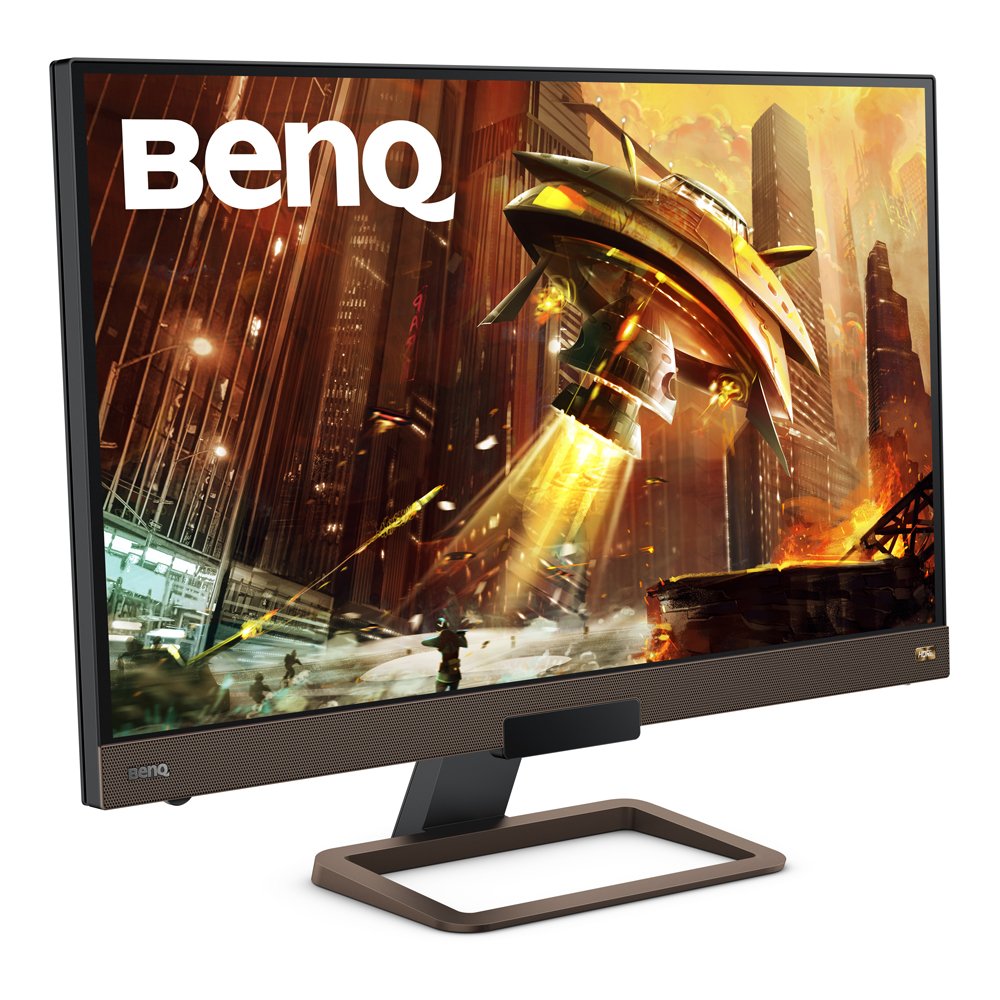Projector
Monitor
Lighting
Digital Display
Job References

Developed by savvy engineers to address the faults of older LCD technologies like popular TN or twisted nematic panels, IPS has long had a reputation as a non-gamer’s choice. In-plane switching, or IPS to its friends, largely corrects TN shortcomings like bland colors and poor viewing angles.
However, until recently IPS was considered a no-no for gaming due to slow response times and high input lag on top of high cost and backlight issues. But all of that has changed and now you’re very likely to find your nearest premium gaming monitor has ditched TN or VA (vertical alignment) for an IPS panel. That’s because modern IPS panels combine lovely colors and superb viewing angles with impressively quick response and low input lag – in fact there’s barely any noticeable difference compared to the fastest LCD technology, TN, which still suffers from color depth and view angle problems.
Previously reserved for designers, artists, and cinephiles, IPS has gradually entered the gaming scene thanks to manufacturers like BenQ working hard to improve the core technology behind it. With more efficient power delivery, faster pixel switching, and enhanced image processing, IPS has been able to emerge as a desirable path for gaming monitors.

Speaking of advantages, while IPS panels have improved in the three key areas listed above, those improvements did not come at the cost of existing qualities.
With an IPS gaming monitor you get the best colors hands down. Regardless of color space, an IPS panel gets you closest to the original intent of the artists than any other panel type. In other words, you get the most accurate color depiction with IPS. If you want to enjoy your games in the liveliest color possible, choose IPS.
Viewing angles! That’s another area where IPS stands head and shoulders above all competitors. With 178/178 degrees on the vertical and horizontal axes, IPS gaming monitors consistently retain brightness levels even from extremely low angles. You could be standing five meters off to the side of your IPS monitor eating an apple on a break from a gaming session and still not notice much difference in image quality, whereby with a TN or even VA most of the picture would be reduced to mush. That makes IPS gaming monitors great for flexibility in where you place yourself while gaming and for local coop if you have several people gaming on one screen or at the very least looking on when you game. IPS is thus the most sociable LCD technology.
In summation, IPS gaming monitors aren’t just viable, they’re now advisable. The technology has outgrown past limitations and currently offers its advantages of great colors and viewing angles with no strings attached, unless you count the HDMI or DisplayPort cable.